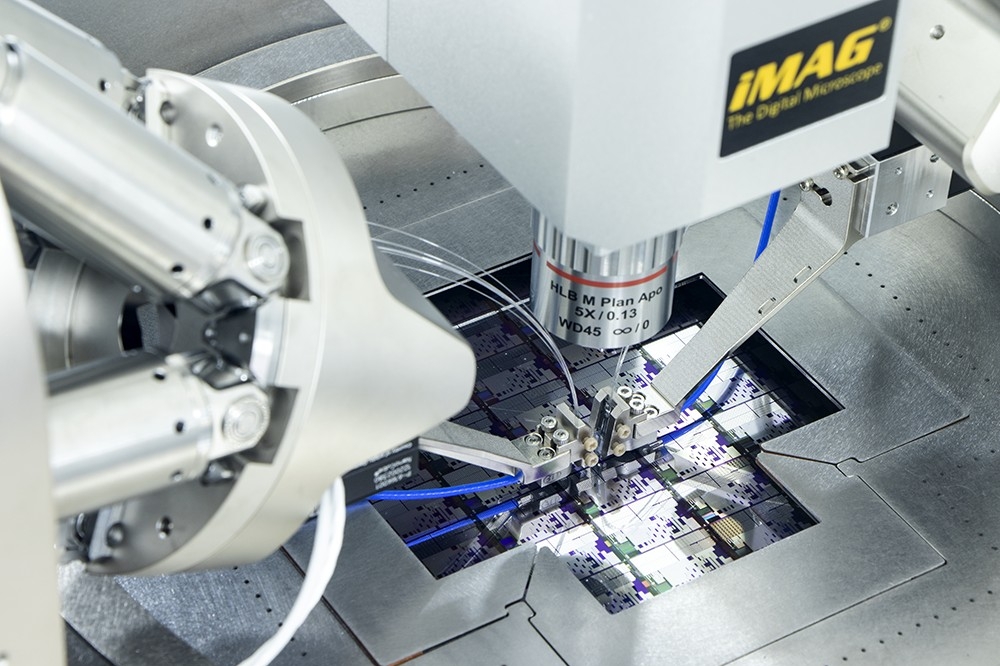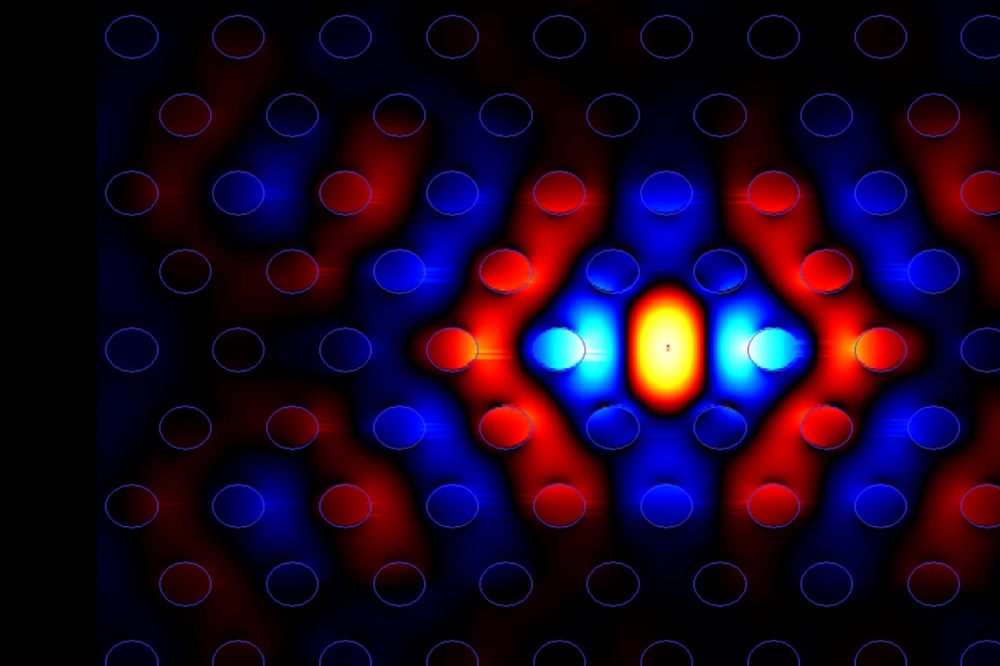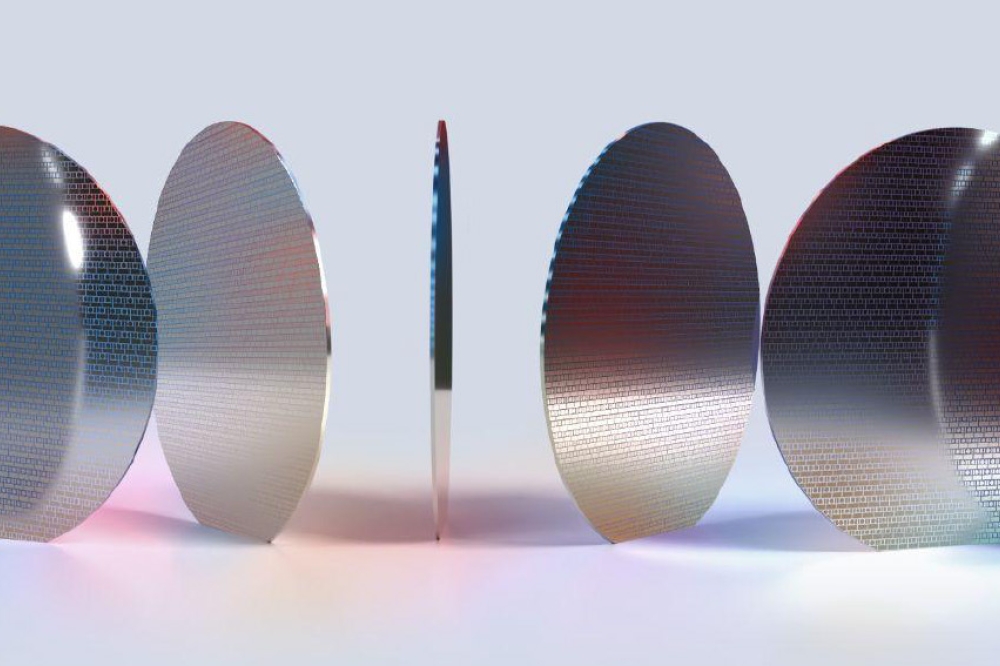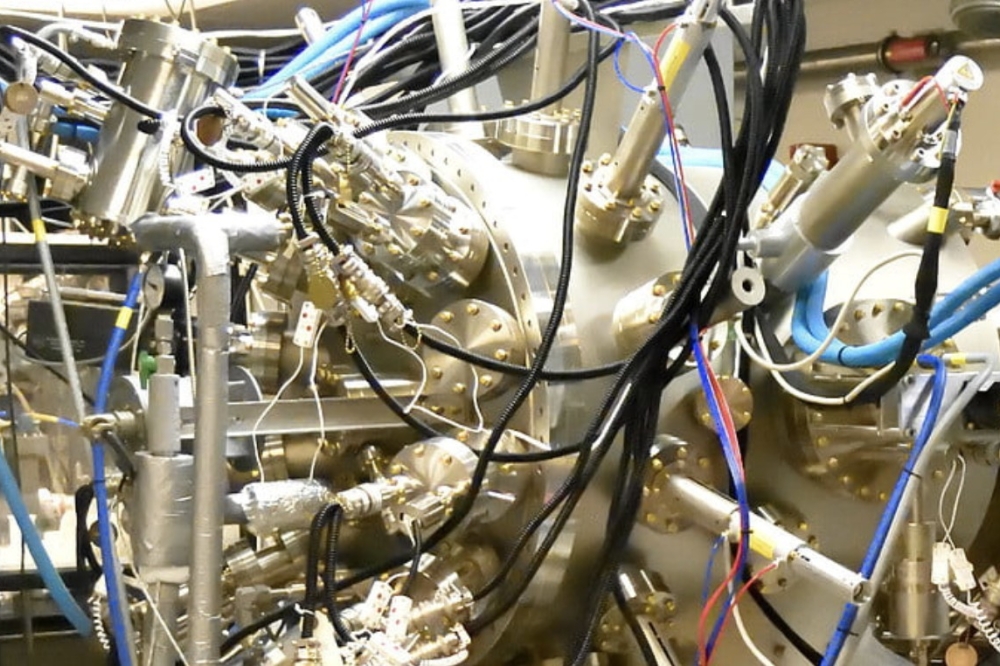Graphene-based device for single-photon detection in the infrared

Researchers have reported a device based on 2D materials that detects single infrared photons at relatively high temperatures, potentially paving the way for long-wavelength detectors that do not need bulky cryogenic systems and could be integrated into PICs
An international team of researchers led by ICFO has reported a new technique for detecting single photons at long wavelengths (up to the mid-infrared) at relatively high temperatures (around 25 degrees Kelvin). The scientists say their device, which uses two-dimensional materials, show one way to overcome current limitations in single-photon detection in the infrared range.
The ability to detect single infrared photons has become a pressing need across numerous fields, from medical imaging and astrophysics to emerging quantum technologies. But the widespread use of single-photon detectors in this range has been limited by the need for large, costly, and energy-intensive cryogenic systems to keep the temperature below 1 Kelvin. This also hinders the integration of the resulting detectors into modern photonic circuits, the backbone of today’s information technologies.
The new paper, published in the journal Science, describes a device based on materials just one atom thick that could provide a solution to this problem. “In our group, we combine different 2D materials. We stack them, twist them, and then observe what happens. And, sometimes, surprises come out,” said Frank Koppens, ICREA Professor at ICFO and senior author of the study.
According to the researchers, a slight twist between layers induces an interference pattern known as the moiré pattern, which modifies the properties of the electrons in the material. Several exotic properties, including superconductivity or orbital magnetism, have been observed in moiré lattices. In this work, ICFO together with the international team report that they have added another exotic property to the list: a phenomenon known as bistability, which allows a system to rest in two distinct states under the same external conditions, like a light switch that can remain stable in either the “on” or “off” positions.
The scientists say they have shown that bistability can serve as a new mechanism for single-photon detection. “We noticed that the material was not behaving as we expected,” he said. “So, we thought, ‘Let’s shine some light on it and see what happens.’ That’s when we suddenly observed an extreme sensitivity to illumination.” On closer inspection, the researchers say, it became clear that the material was responding to individual photons.
Pablo Jarillo-Herrero, researcher and professor at MIT and distinguished invited professor at ICFO, said: “This experiment showcases the great potential of moiré quantum devices not only in terms of fundamental science but also for novel applications in quantum technologies.”
The detector consists of bilayer graphene sandwiched between layers of hexagonal boron nitride (hBN), another 2D material which acts as a protective shield. However, “building the device was tricky,” explains Hitesh Agarwal, first co-author of the study, primarily because achieving the precise alignment between bilayer graphene and hBN had only a 50 percent success rate. “In the end, we managed to solve it through careful design and lessons from earlier experiments,” Agarwal adds.
One way of understanding how the device detects single photons is through the analogy of “the straw that broke the camel’s back”. The researchers describe how they engineered a system at the edge of collapse. “Instead of straws, we have electrical current that is flowing”, explains Krystian Nowakowski, first co-author of the paper. “And when we reach the critical point, the device doesn’t break but suddenly switches from one stable state to another. When a single photon is absorbed, it’s like that final straw – it triggers the transition, and that’s what we detect.”
It is not yet clear, however, exactly how a single photon tips the system. “This is something we would all love to know,” says Nowakowski. “We have some hypotheses at the moment, but we need to do more experiments to be able to discern between them.”
Nonetheless, the scientists emphasise that this mechanism differs fundamentally from conventional superconducting or semiconductor-based processes, and that it allows the device to detect long-wavelength photons (up to the mid-infrared) at relatively high temperatures (around 25 degrees Kelvin). “The unique physical mechanism at the heart of our detector architecture allows us to break the fundamental limits that held previous technologies back,” adds Krishna Kumar, who co-supervised the work.
The team is now focused on making the system more compact and pushing the operating temperature even higher, to make it more practical for potential use in real-world applications.

































